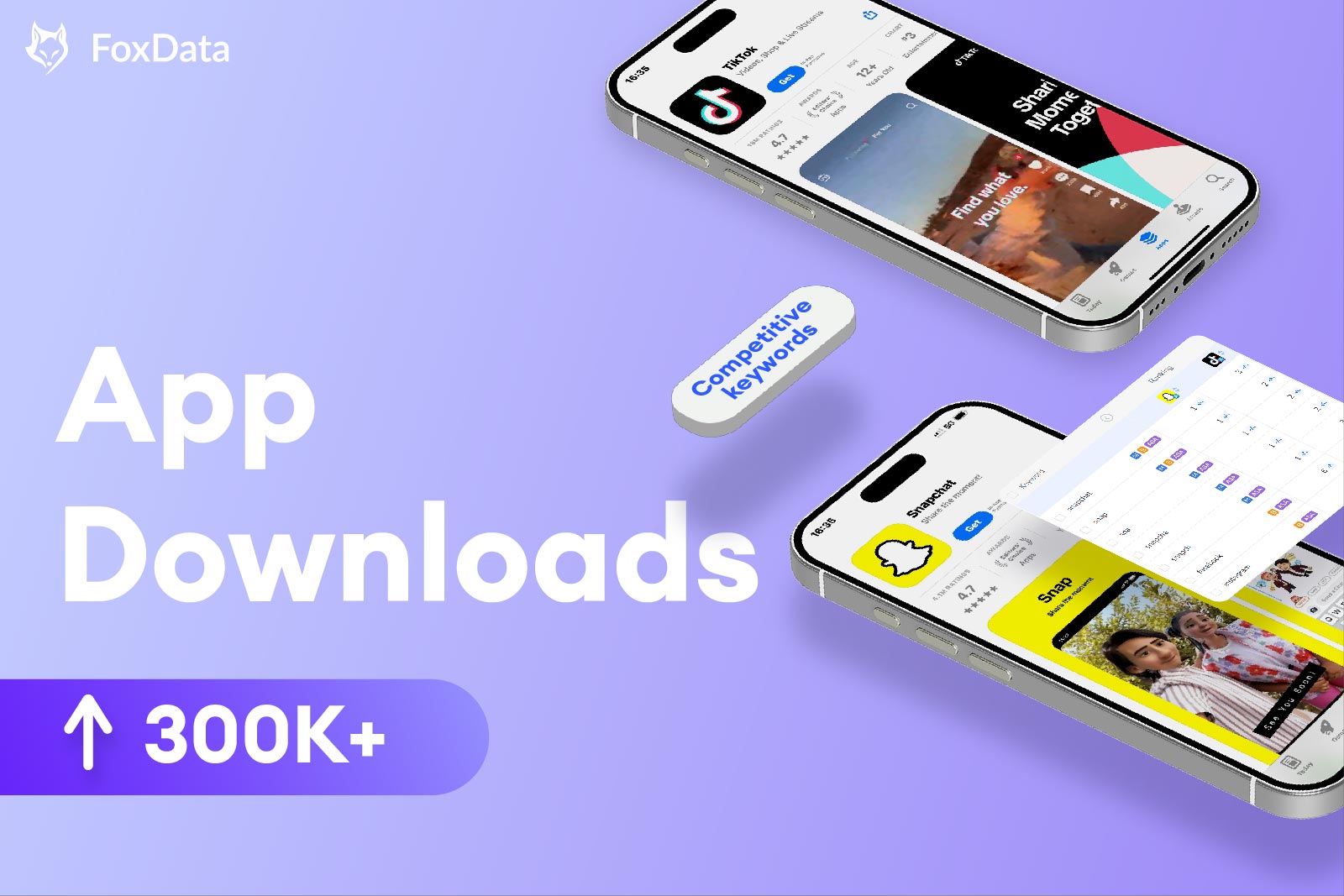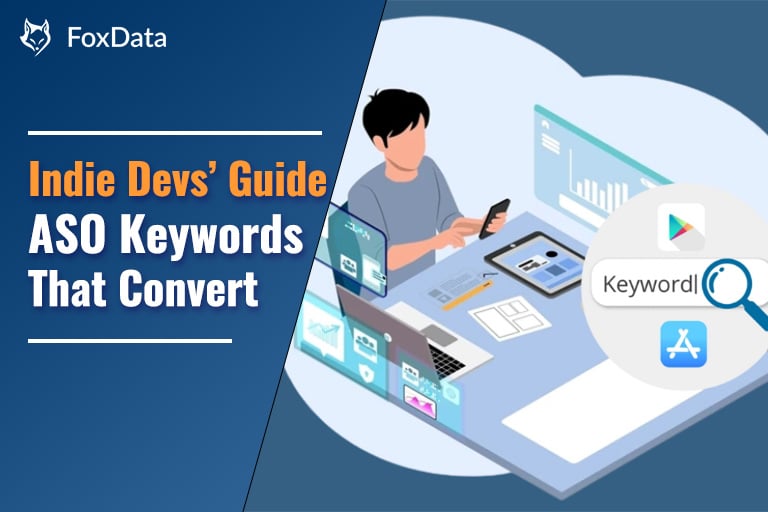Exploiting the Influence of Returning Users: A Strategy for Maximizing Your App Store Performance

💡 Data Solution for ASO & ASA Agencies
FoxData all-in-one app data analysis agency - helps you streamline store optimization, uncover winning keywords with AI, deliver actionable insights faster, and boost user retention.
When it comes to app performance, many gaming and gambling clients focus on acquiring new users rather than retaining existing ones. They often run campaigns that target only new users, neglecting the potential benefits of re-engaging with returning users. However, there are compelling reasons to allocate a marketing budget towards campaigns aimed at returning users.
Firstly, it is important to define what we mean by returning users. These are users who have previously installed the app, regardless of whether they currently have it on their device. Targeting returning users allows for re-engagement and win-back opportunities, and studies show that re-downloads account for a significant portion of app installs, with 40% to 60% of social casino apps being downloaded again by returning users.
While the overall goal might be acquiring new users, targeting returning users can still contribute to the app's performance. This is where Tap Through Rate (TTR) comes into play. TTR is a critical metric that measures the number of times a user taps on your ad to view your app store listing. Returning user campaigns tend to have higher TTRs because the users already familiar with the brand and have previously installed the app. This familiarity leads to higher trust and engagement, which improves the app's performance within the Apple algorithm. As a result, more impressions are served and the app gains visibility.
To illustrate the impact of targeting returning users, let's look at a real-world example. A social casino app aimed to achieve a 7-day retur
n on ad spend (ROAS) solely through new user campaigns. However, they conducted a test targeting returning users using the same keywords as the new user campaigns. The results were significant - the TTR increased from 15% to 25%, leading to a higher volume of taps and installations. As a result, the cost per install (CPI) decreased from $12.00 to $6.00. Furthermore, the 7-day ROAS increased from around 10% to 20%. These positive outcomes allowed for a reallocation of budget towards returning user-targeted activity in all active territories.
But how does targeting returning users improve the overall return on ad spend (ROAS) if the primary goal is acquiring new users? One explanation is that acquiring returning users comes at a lower cost, leading to a decreased overall investment. Additionally, returning users who did not make a first purchase during their initial app installation may still make a first-time purchase during their return. These purchases contribute to the improvement in ROAS.
Another consideration is the competitive landscape. If a brand chooses not to run returning user campaigns on their branded keywords, competitors can take advantage of this by running their campaigns at a lower cost per tap (CPT). By targeting returning users, brands can protect their ad space from competitors and maintain a higher share of voice (SOV) on branded keywords. This prevents potential user loss to competitors.
In summary, targeting returning users can significantly improve an app's performance in the App Store. It leads to lower CPI, higher SOV, improved 7-day ROAS, and safeguards the brand's ad space from competitors. If you're looking to replicate this success, consider utilizing Apple Search Ads (ASA) Intelligence tools and Data-driven solutions. Maximize the results of your paid traffic acquisition and take your business further.
Now just join FoxData and embark on a journey of marketing excellence as we unveil the latest industry news, unveil powerful growth strategies, and present cutting-edge measurement solutions.
With FoxData as your guide, watch your performance soar to new heights!






